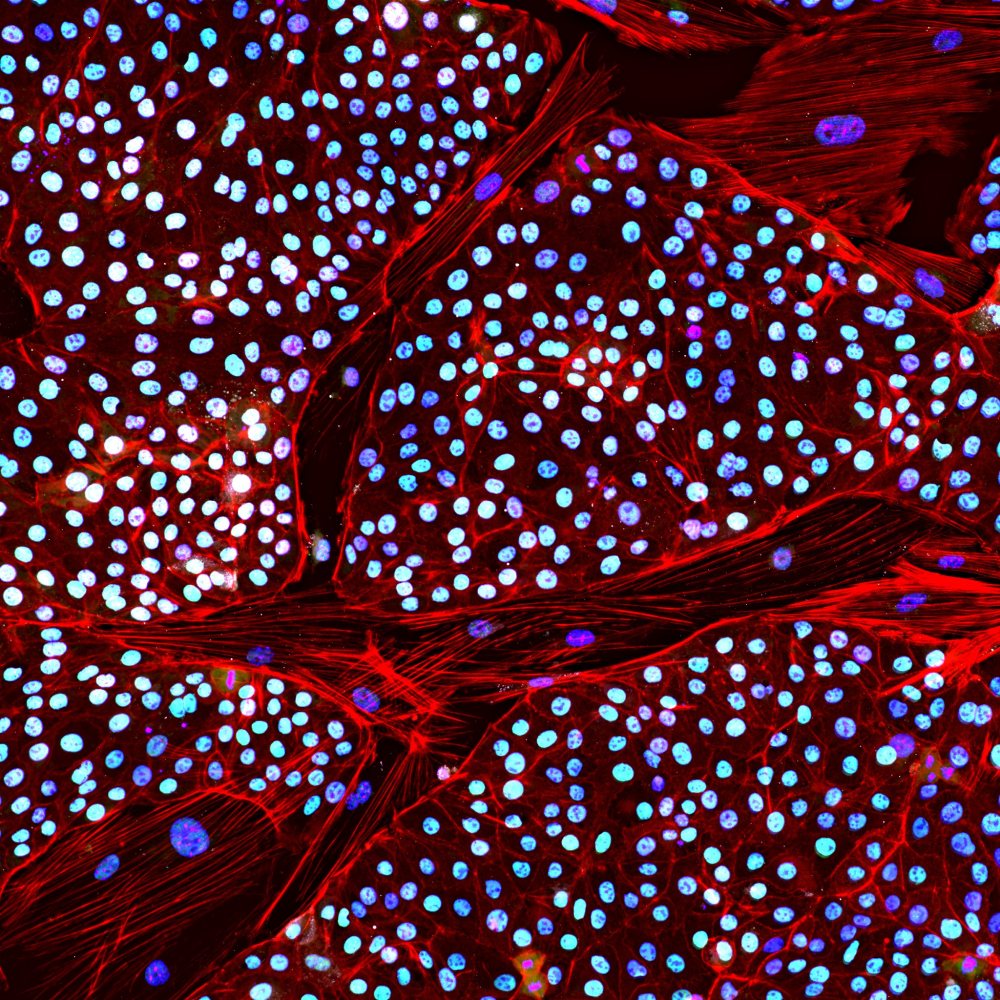A world-first achievement has been announced by de-extinction company Colossal Biosciences, who have set themselves the goal of creating a woolly mammoth by 2028. Using a multi-pronged approach, their woolly mammoth team say they’ve unlocked how to “reprogram” an elephant in creating stem cell-like cells that can differentiate into the three germ layers needed to give rise to every cell type in the body.
Their path to creating a cold-tolerant mammal that could fulfill the ecological role of the long-extinct mammoth centers around identifying the genes associated with its core phenotypes so that we might engineer them in extant animals. For the woolly mammoth, that means things like cold tolerance, curved tusks, and a domed cranium.
If they can de-extinct the genes needed to bring about those traits, then we could once again have mammoths roaming in the Arctic. Finding those genes means first looking at an extinct animal’s closest living relative – and in the case of the mammoth, that’s the Asian elephant, which is 99.6 percent the same, genetically speaking.
“It was one of our early goals set up to be able to generate these embryonic stem cell-like cells called induced pluripotent stem cells, because you can actually derive them synthetically using a set of factors and use any primary lines from any species,” Eriona Hysolli, Head of Biological Sciences at Colossal Biosciences, told IFLScience. “Ever since the technology was developed, a multitude of species have been announced, but elephants have still remained elusive.”

“It was our goal from the get-go to be able to derive these induced pluripotent stem cells for elephants for a multitude of reasons. Of course, there’s the de-extinction aspect of it, and why that’s important is because we can actually look at the phenotypes, Arctic adaptation phenotypes in the cellular and organoid models that you can develop from the cells. But more importantly also for conservation, and they open doors to a lot of future assisted reproductive technologies.”
If you’re wondering why that’s something we might want or need, it turns out they could have a pivotal impact on the environment. Why? Because elephants have a lot to say about trees.
“We hope we can affect an ecosystem in a positive way, that maybe 10,000 years ago was degraded by humans contributing to the demise of almost all major herbivores in the Arctic, causing a transition from grass to trees,” said geneticist and co-founder of Colossal Bioscience George Church to IFLScience. “Trees are less photosynthetically productive, they trap more heat because they’re kind of like these black lightning rods, and they also trap snow in the winter, so that they insulate the ground from freezing quickly.”
These three things, the lower productivity, the lower ability to sequester (carbon), and higher temperatures means that a lot of carbon can be released as methane, which is 80 times worse than carbon dioxide. If we can reintroduce the megafauna, mega herbivores that would keep it in grass, it could transition back towards the more robust and fruitful ecosystem.”
Reintroducing the woolly mammoth, or an animal that has a woolly mammoth’s core phenotypes, could achieve this because elephants love knocking down trees. We see their value as ecosystem warriors elsewhere on the planet, where it’s been estimated their carbon sequestration warrants a salary of around $70,000 a year.
A Church explained, that’s a long-term goal whose benefits nobody alive today would be around to see, but if we’re to one day harness the sequestration power of a woolly mammoth, we need to first understand the Asian elephant. Colossal Bioscience’s latest breakthrough has been posted as a preprint to bioRxiv with a peer-reviewed article in a scientific journal in progress, and while there’s still some ways to go in reprogramming the elephant, the announcement marks the first successful steps.
“It's not the end of the journey, and we're using our other approaches as well to make the process faster and more efficient,” added Hysolli. “It does take a little bit longer than other species, or at least what's been reported in other species, but I think it really catapults us to a different set of workflows, which is starting to differentiate them into our desired lineages of choice, including mutagenesis, which is very important both for the Colossus de-extinction project, as well as for the conservation journey.”
The preprint is available on bioRxiv.





